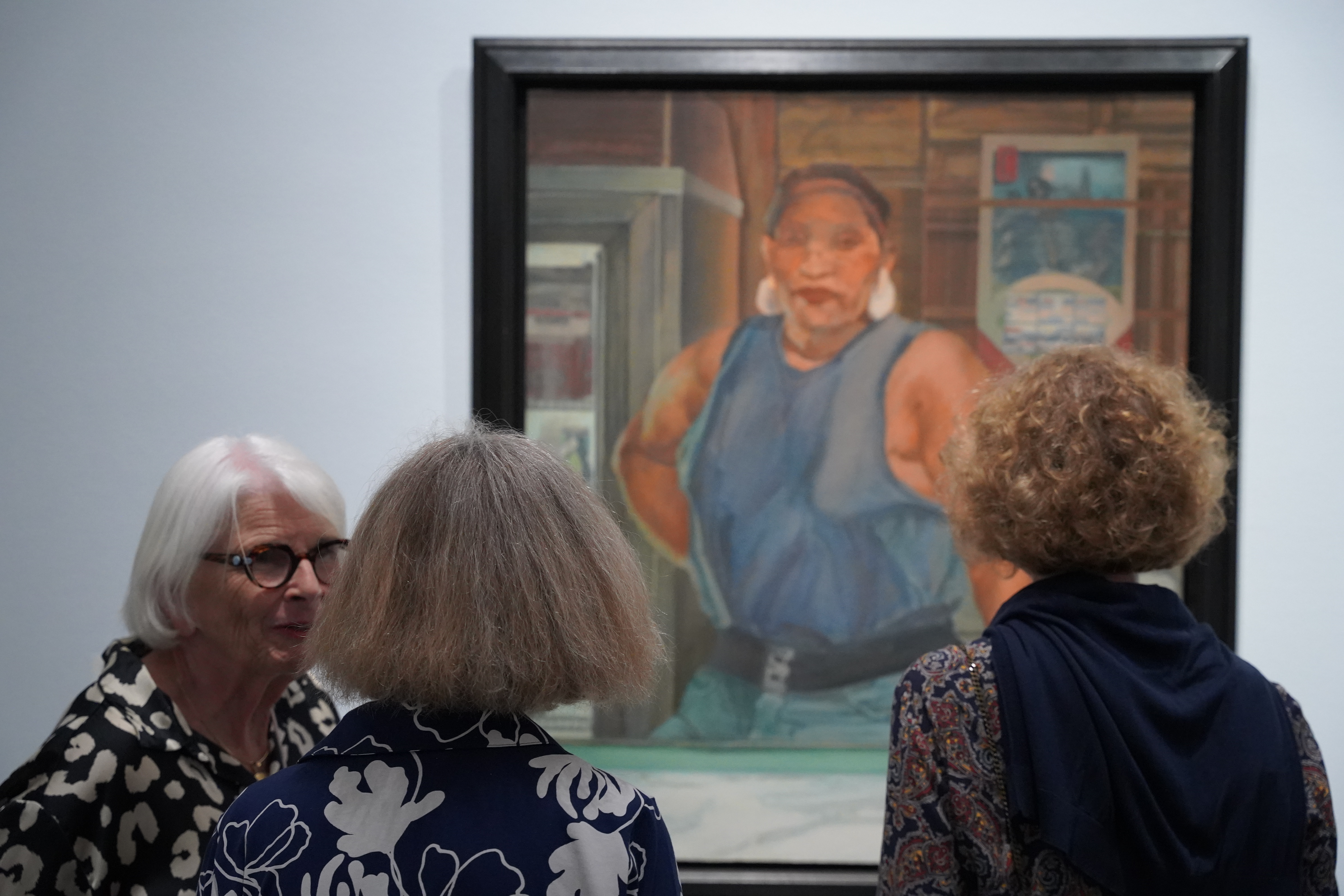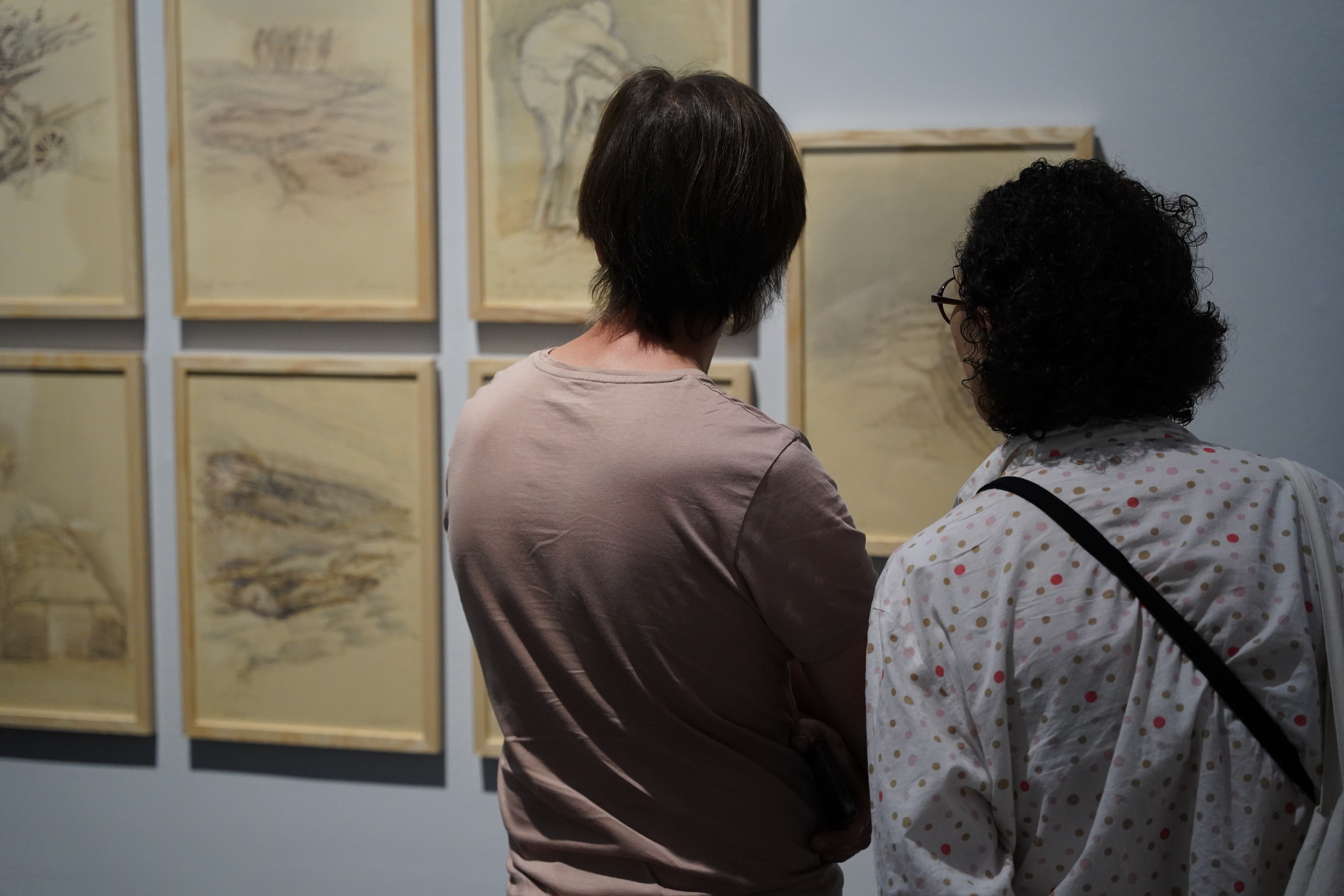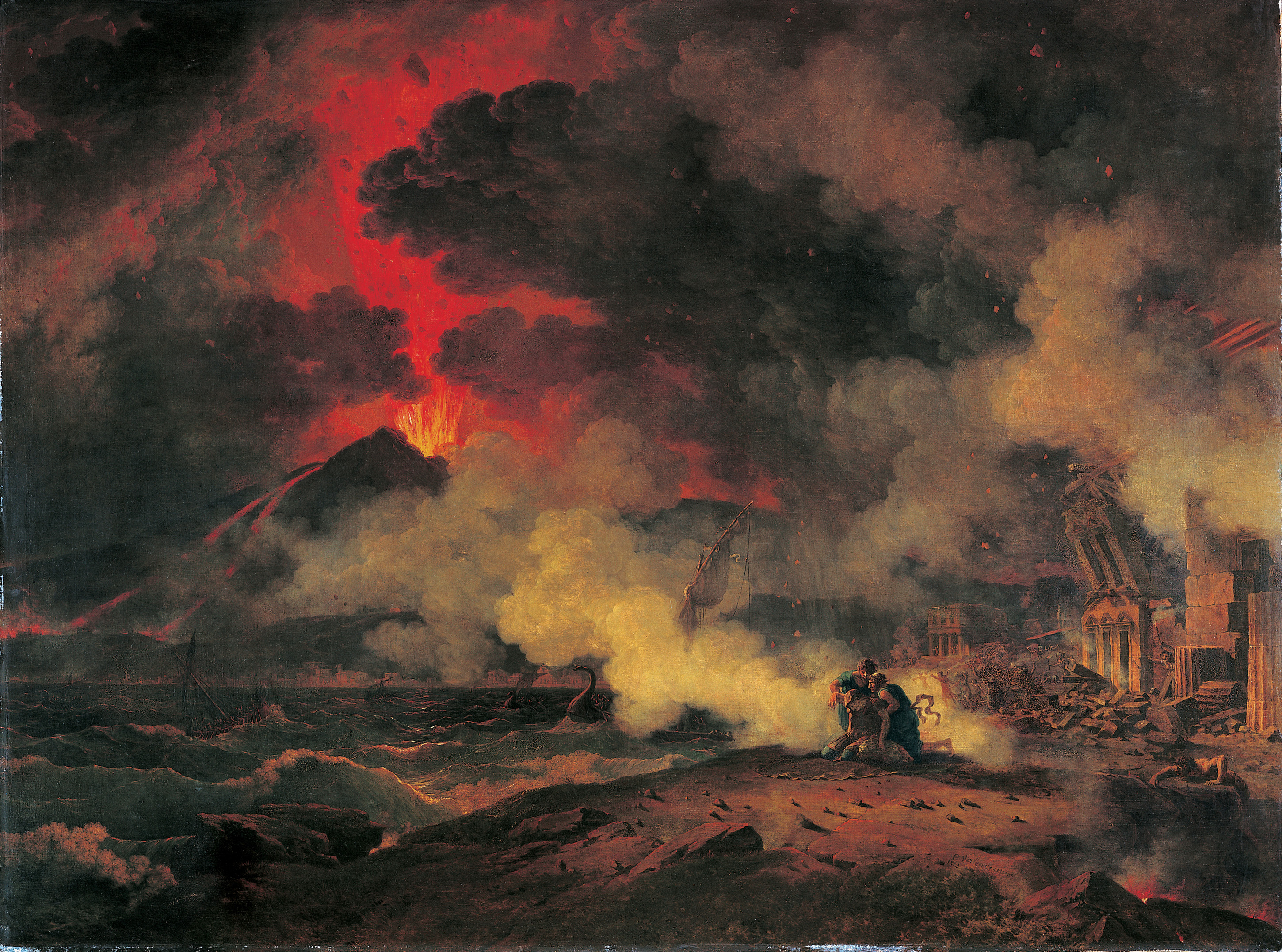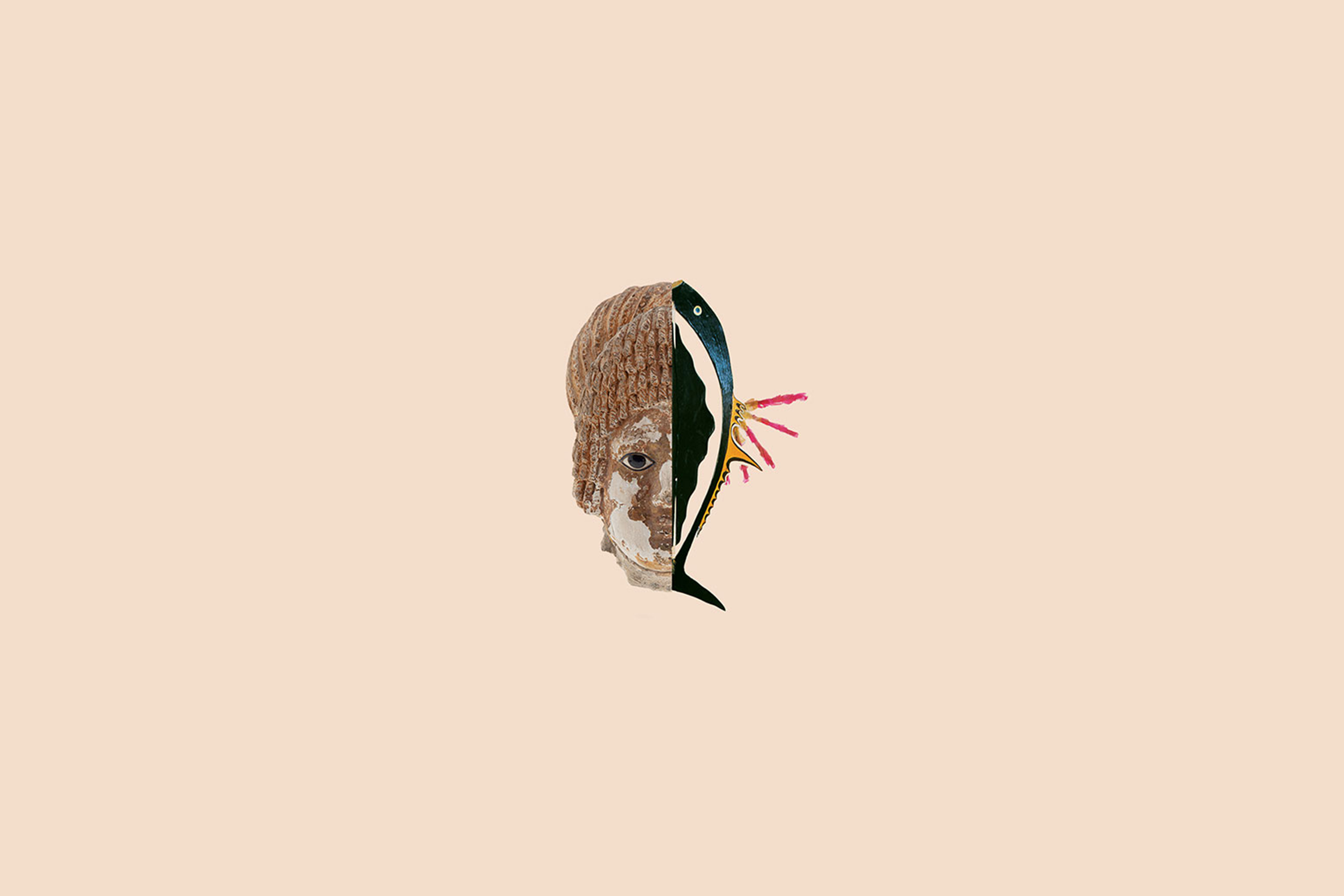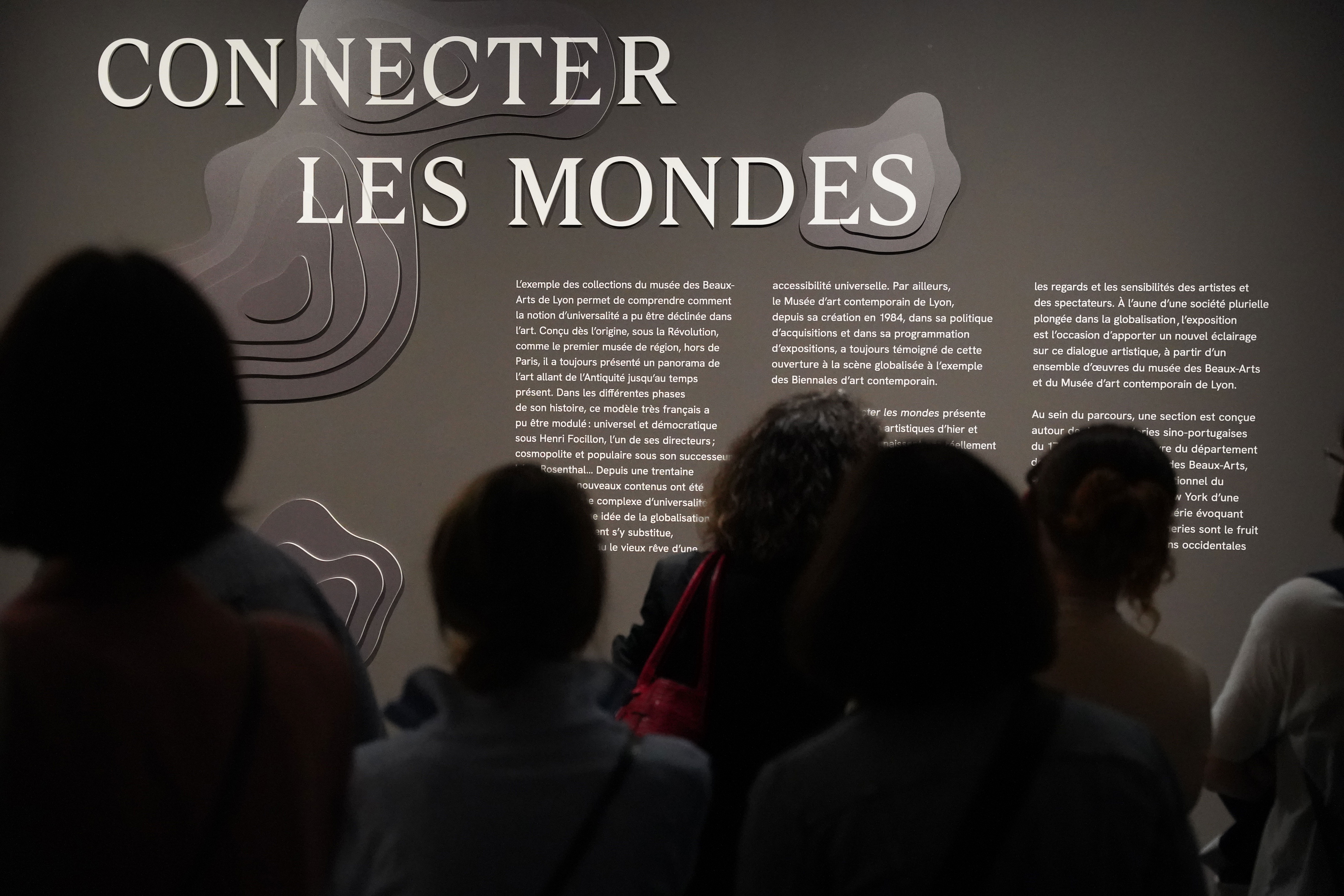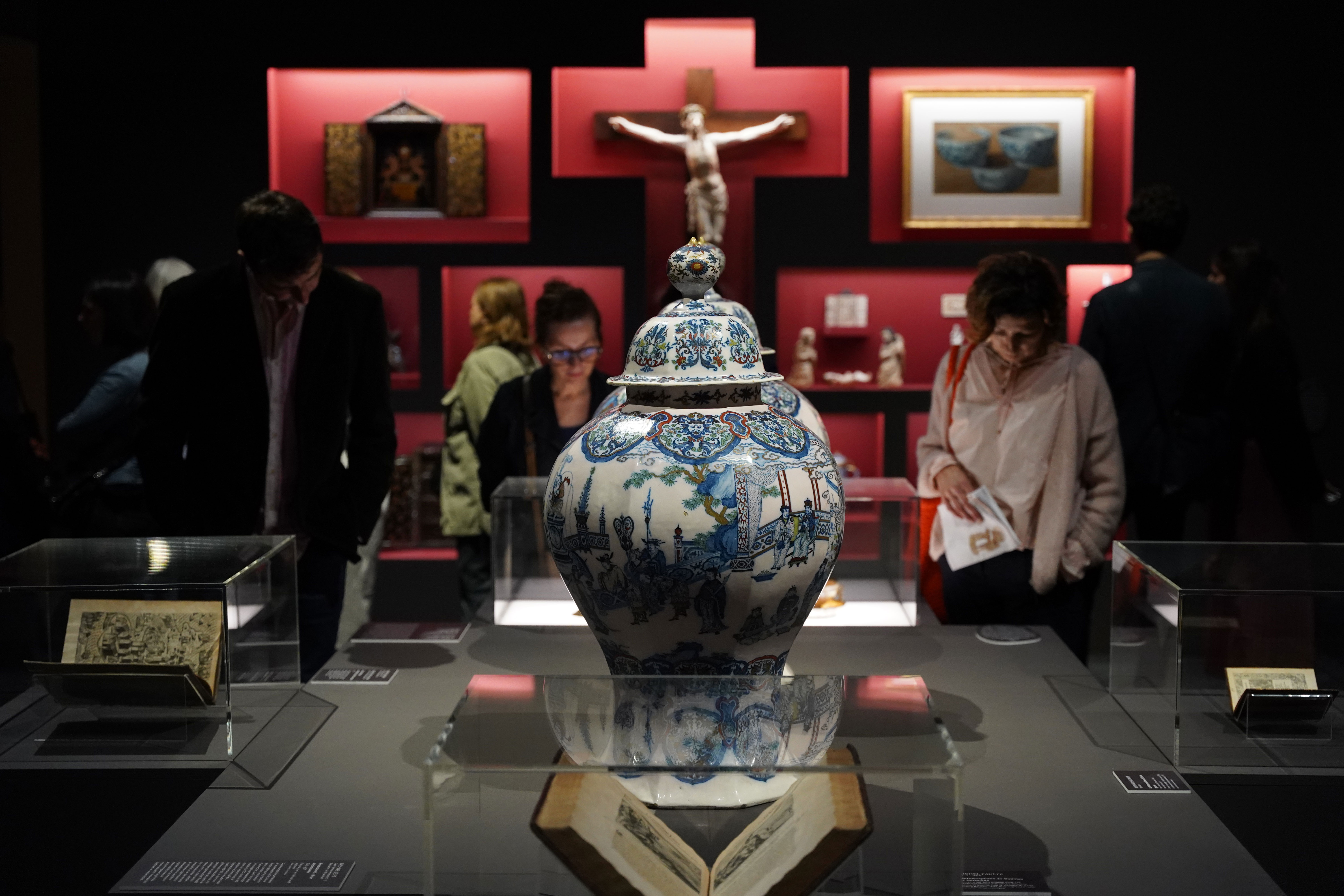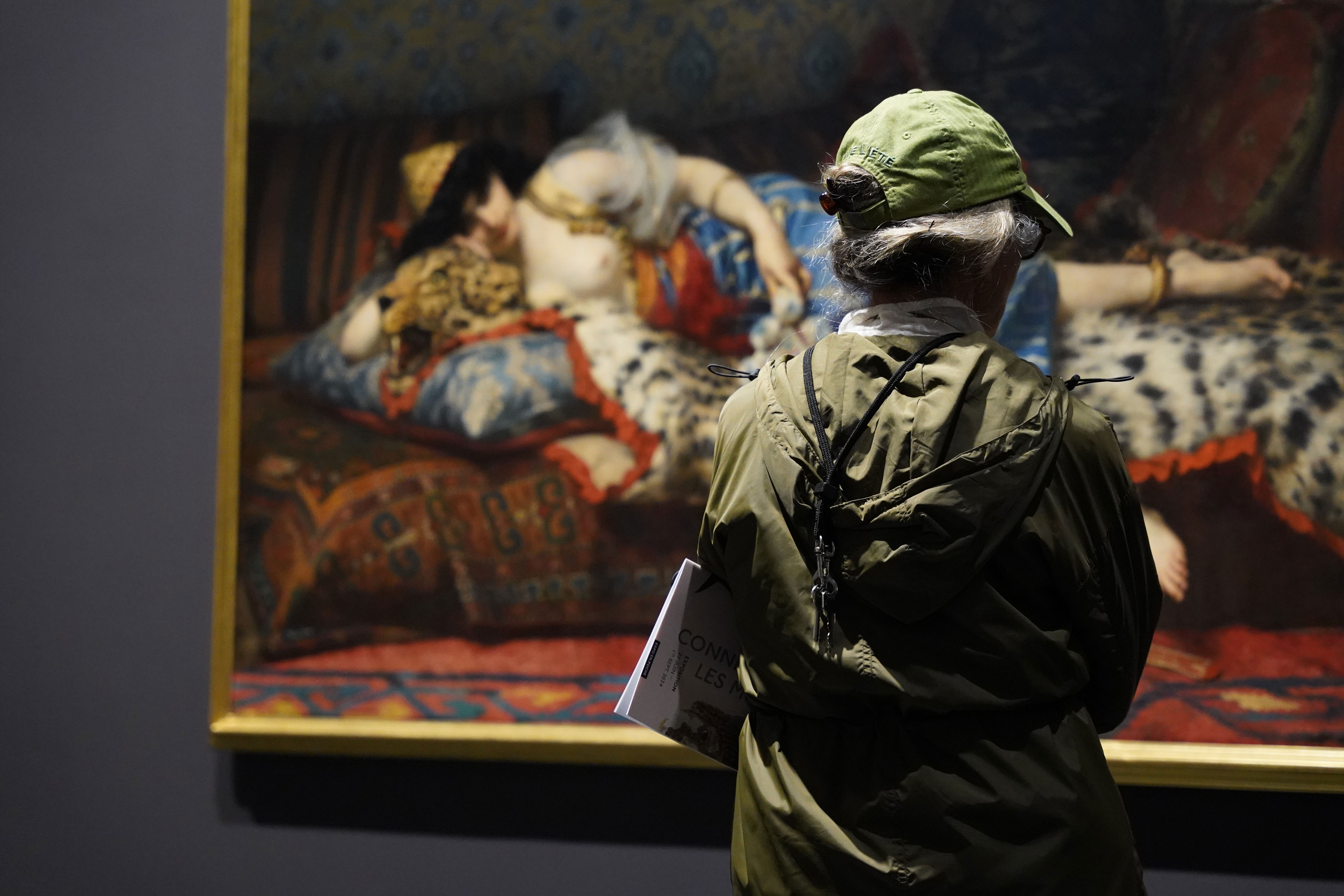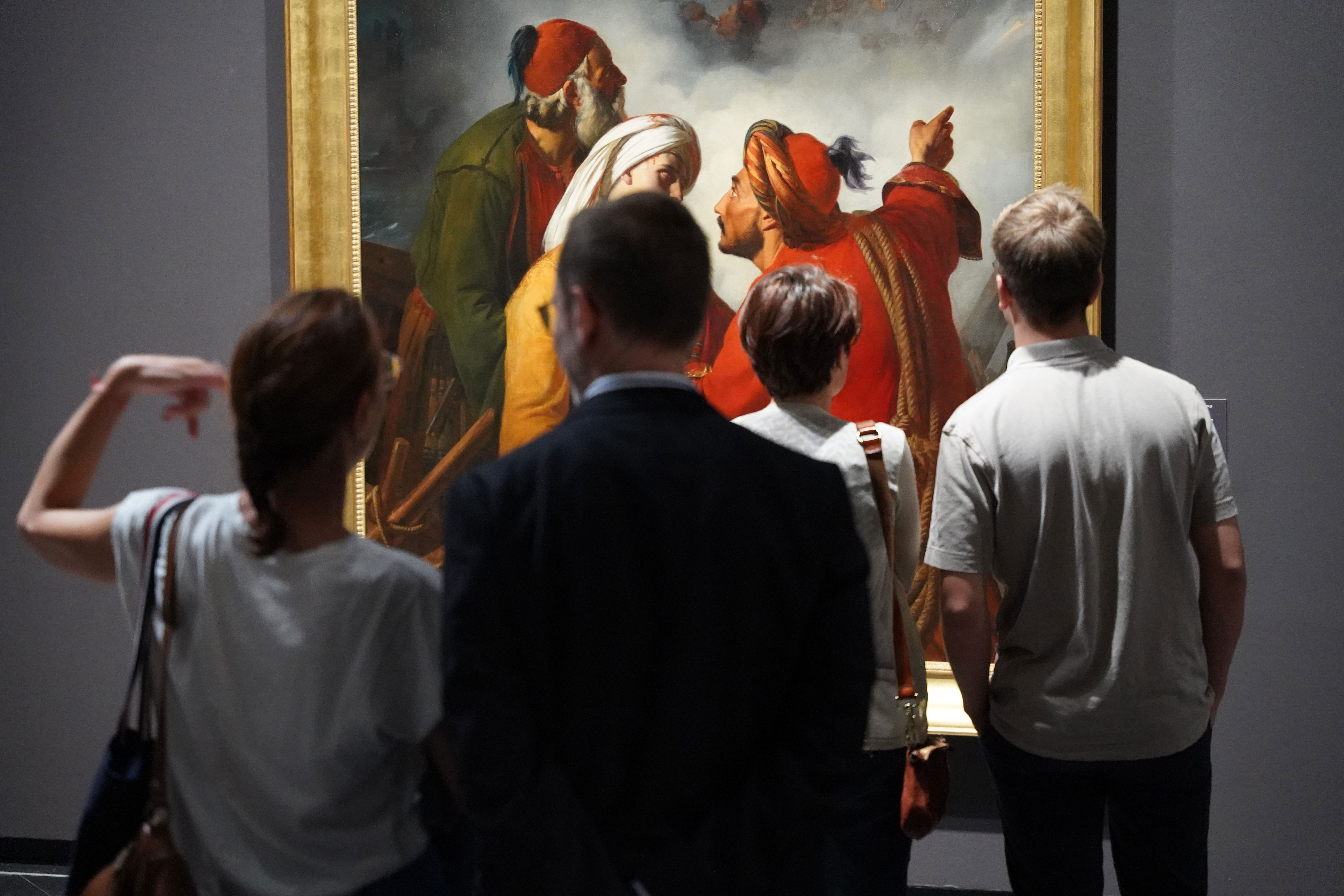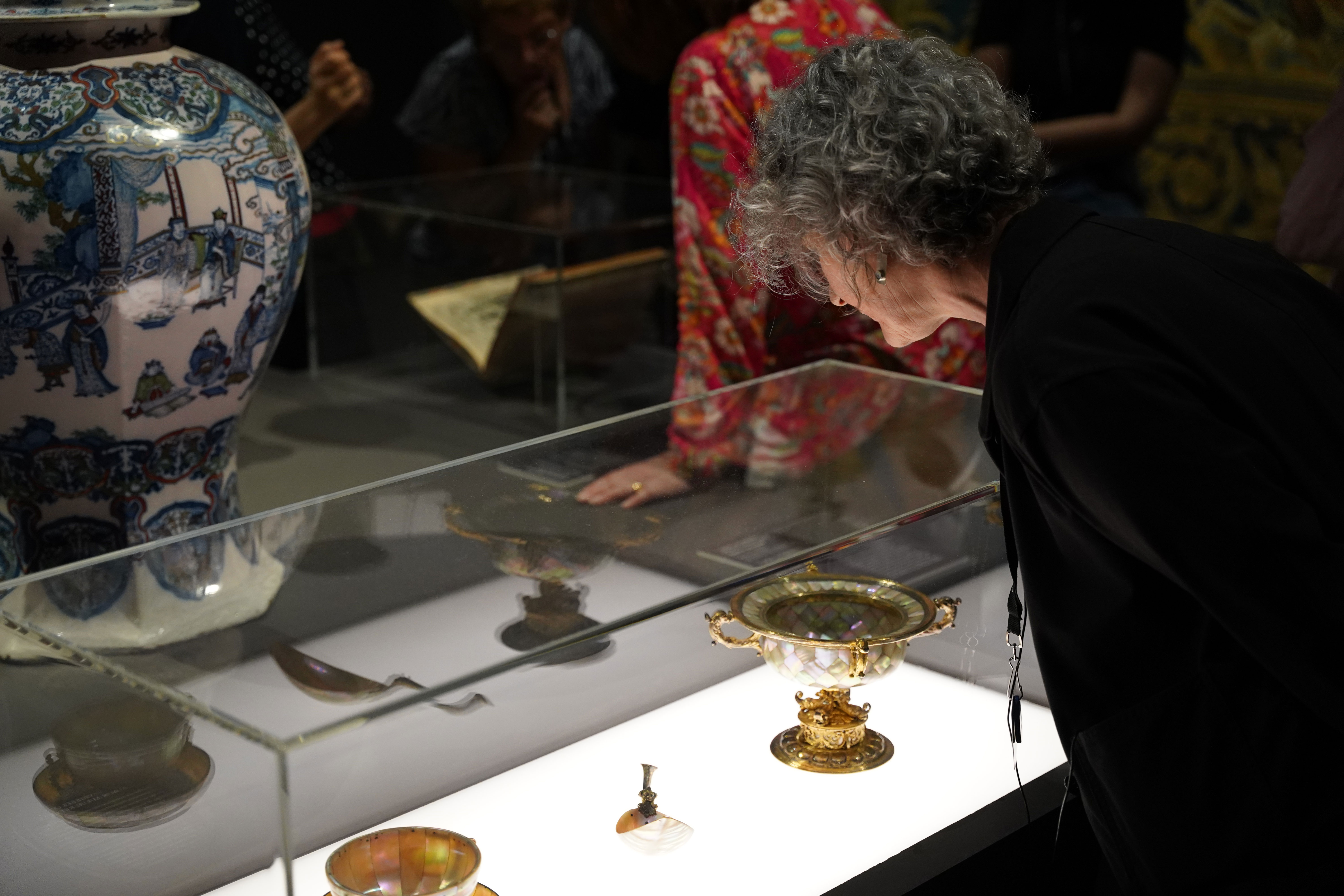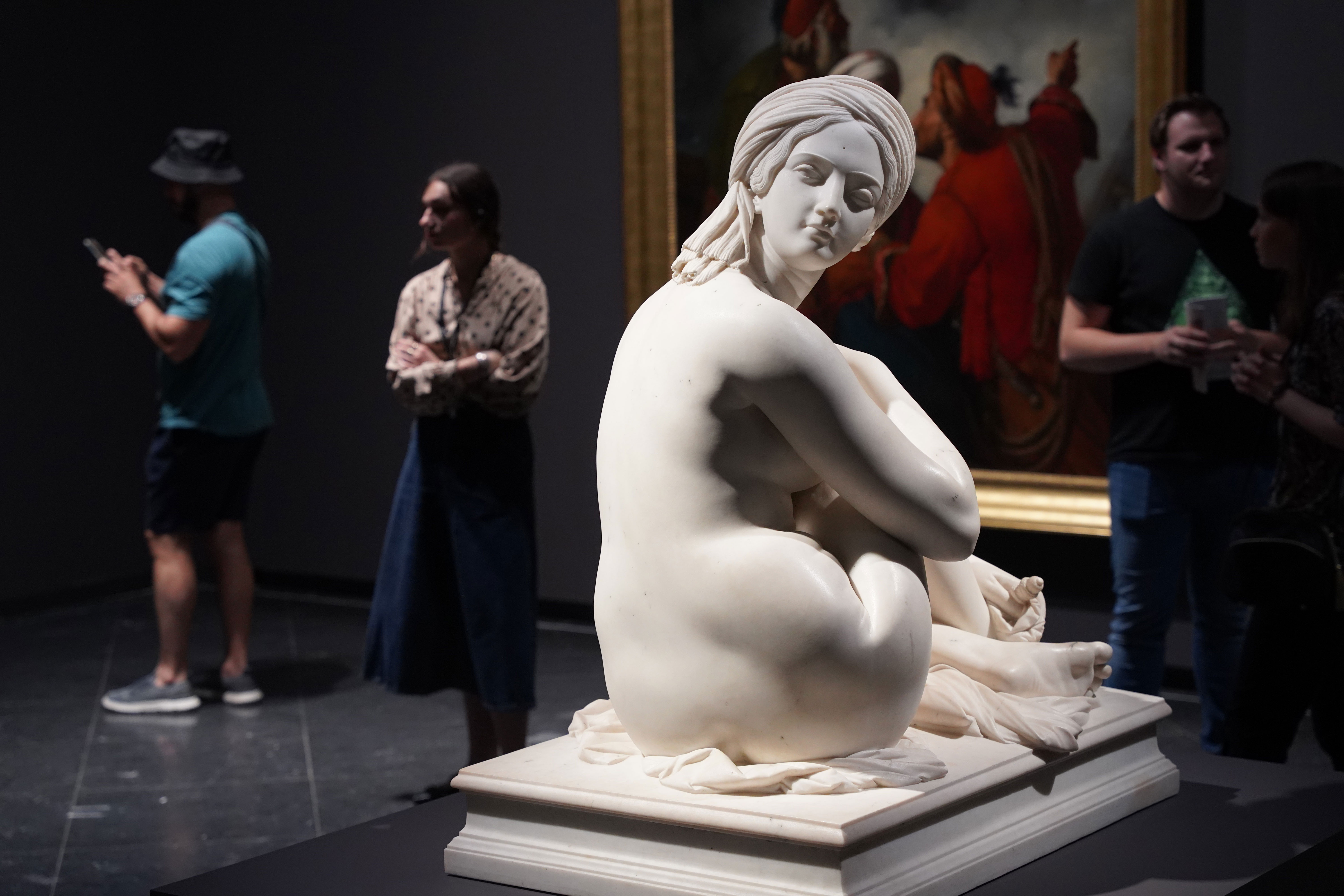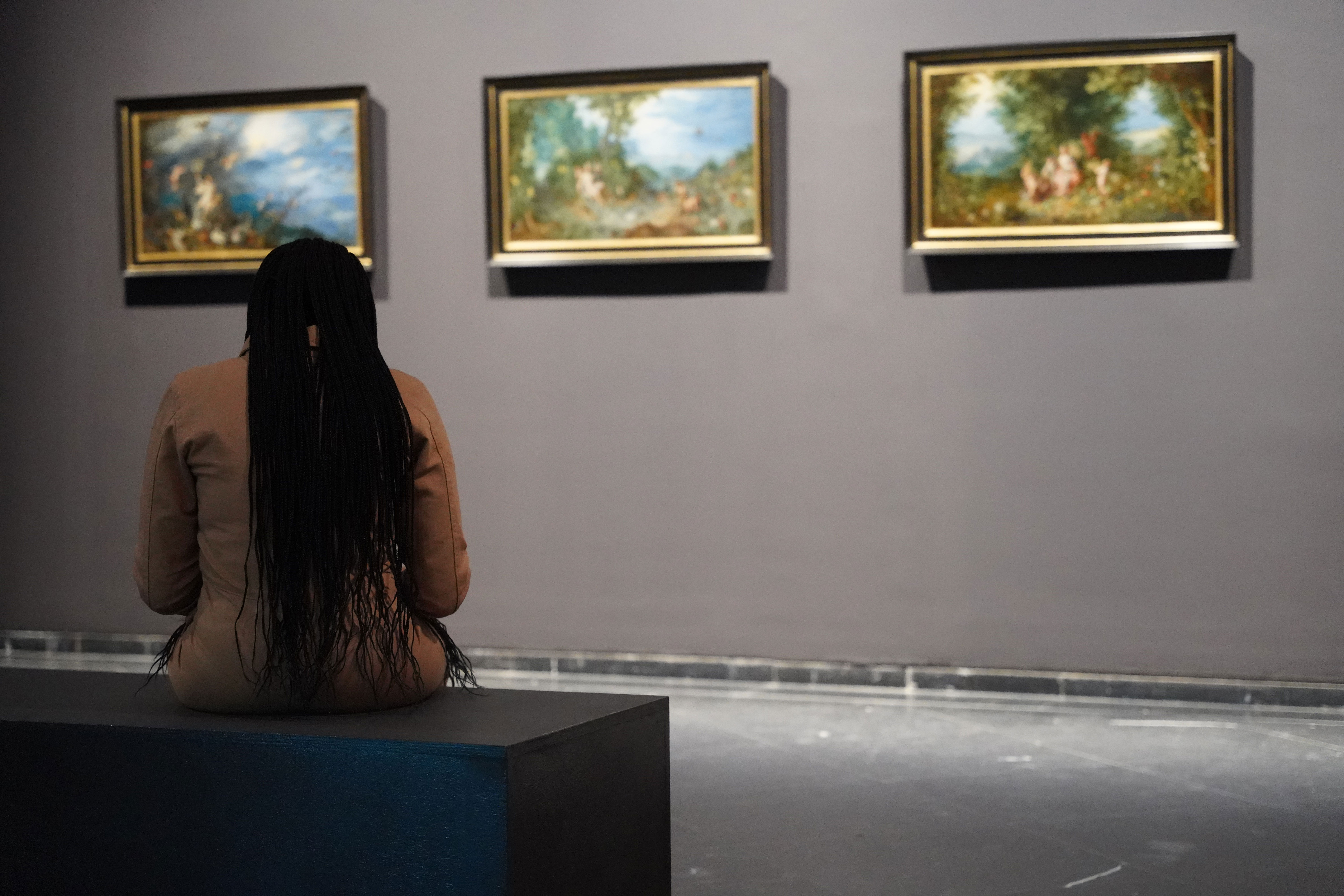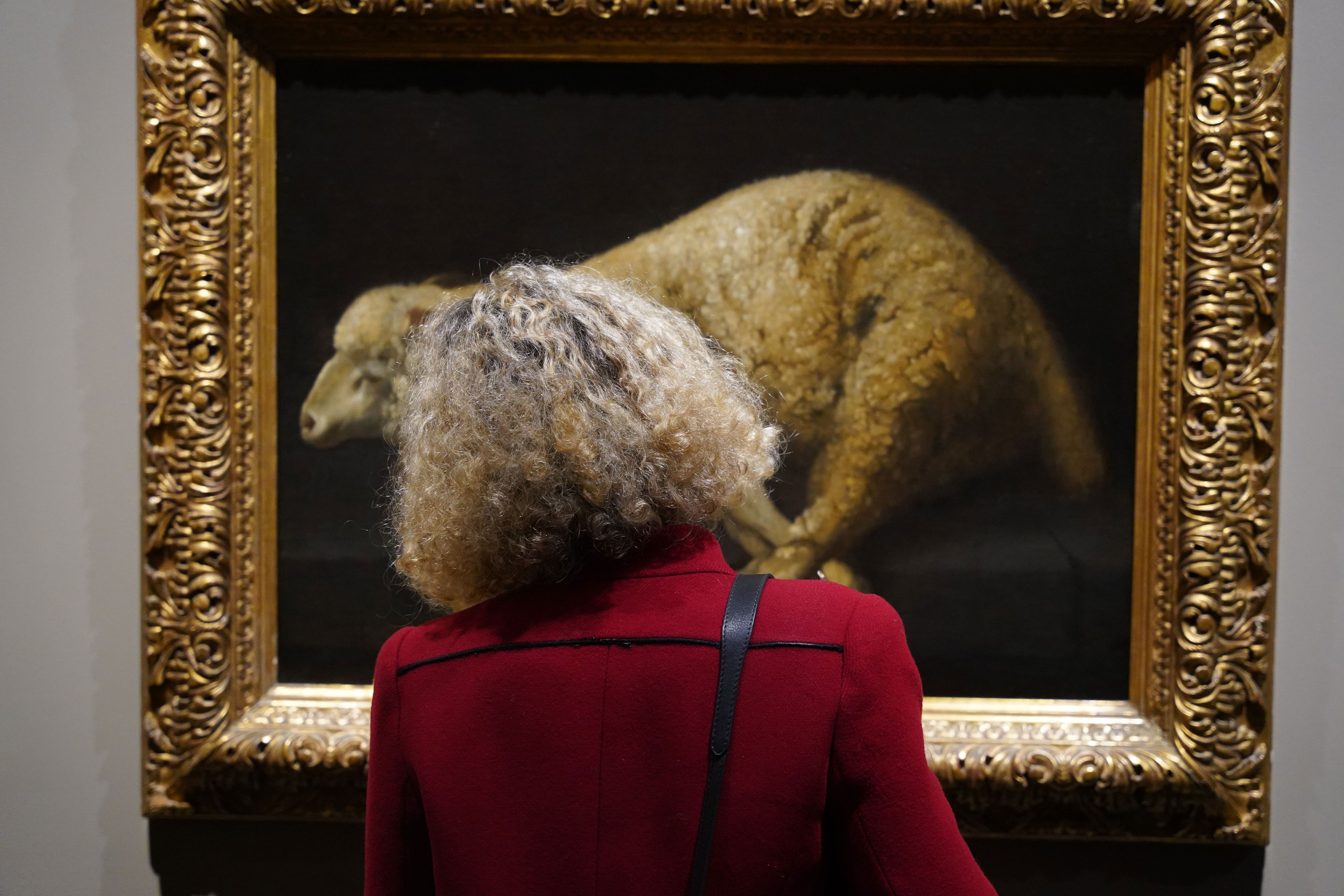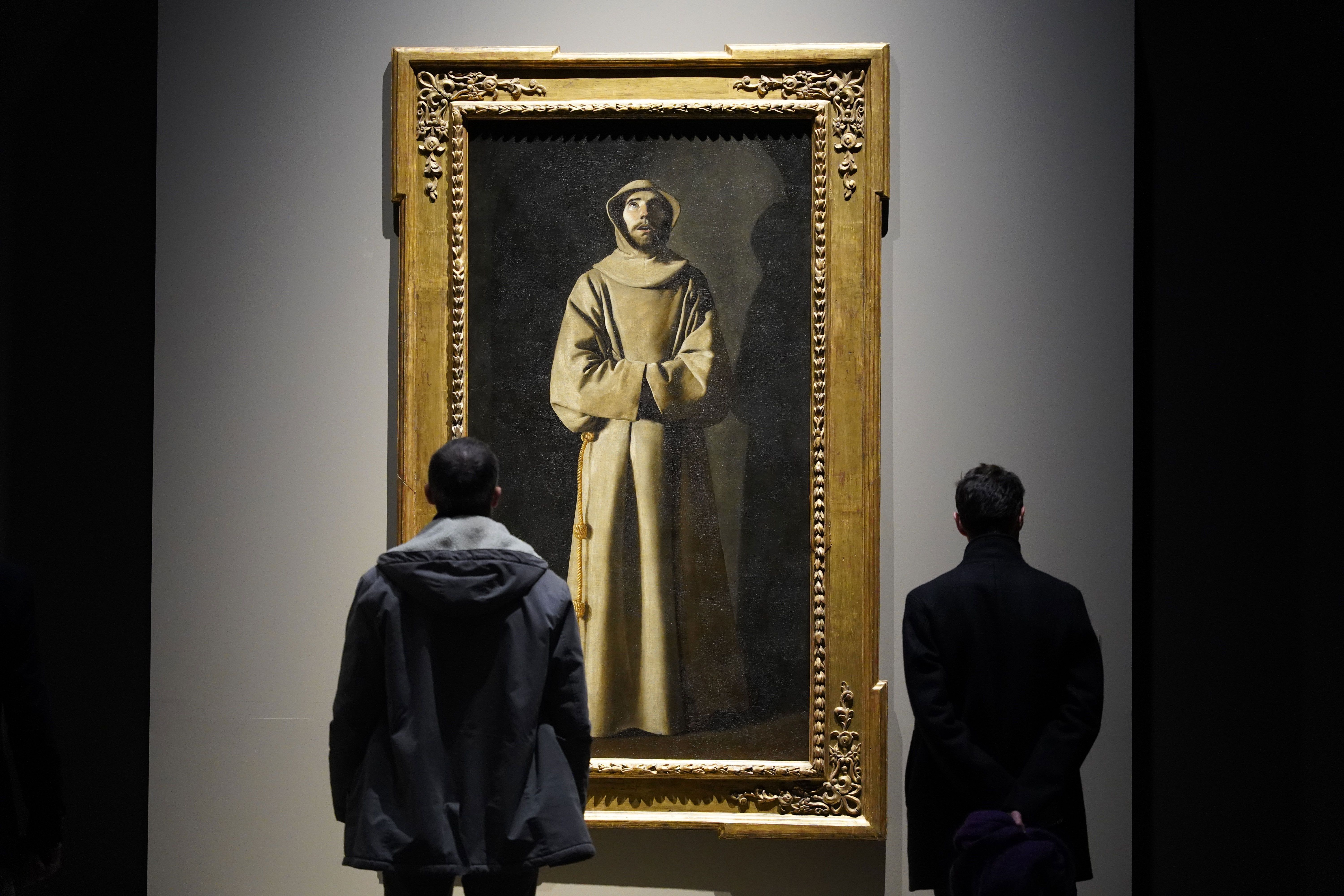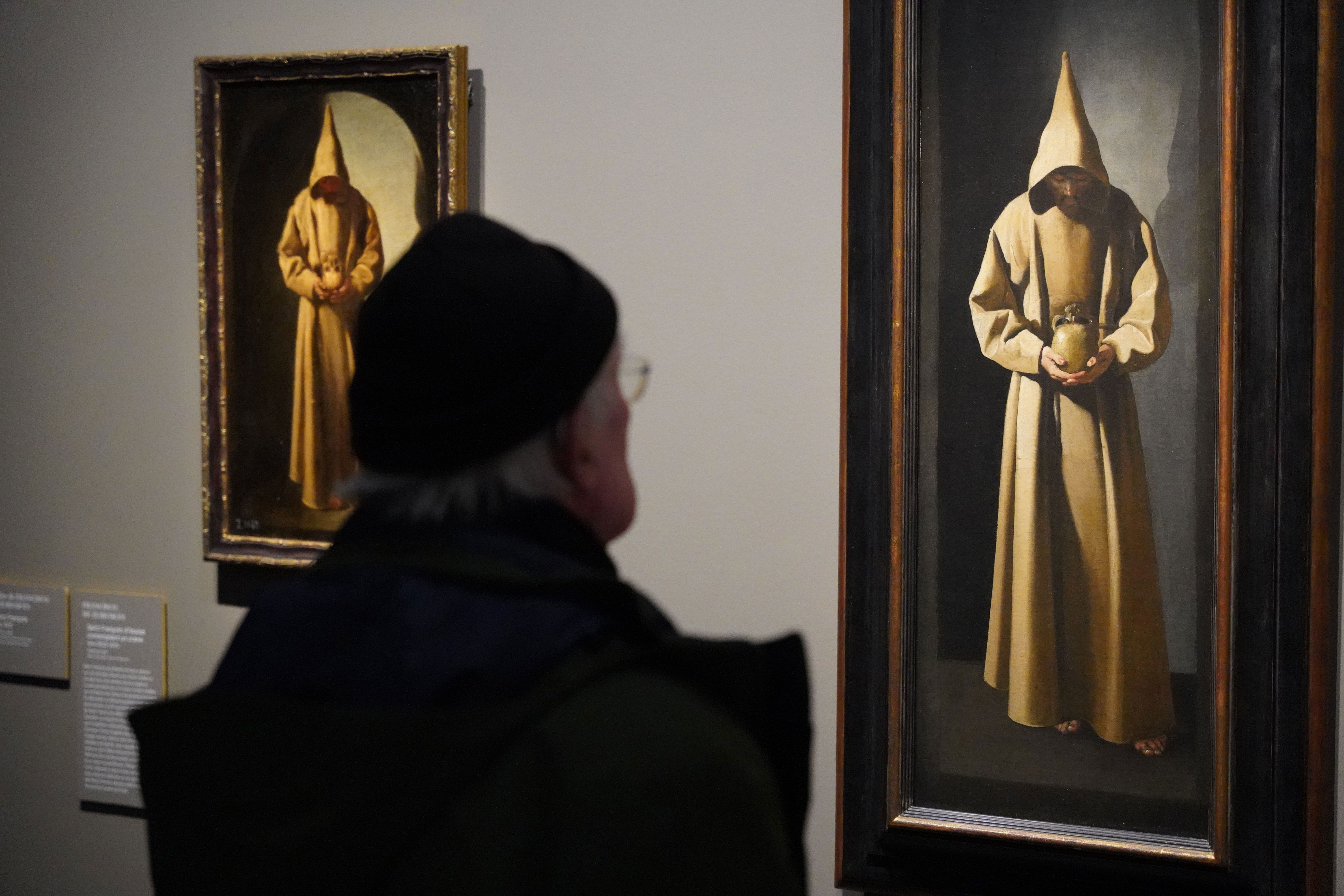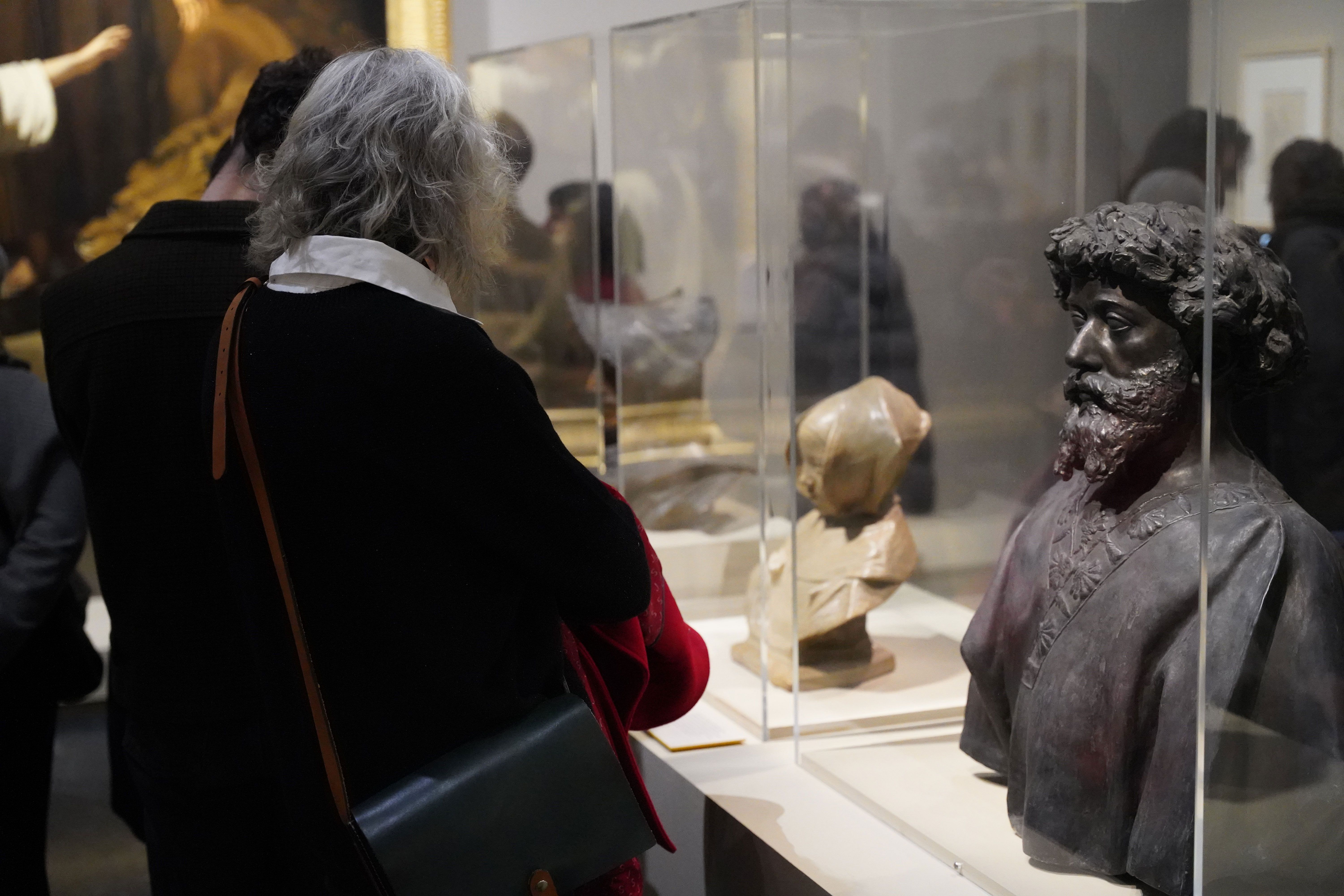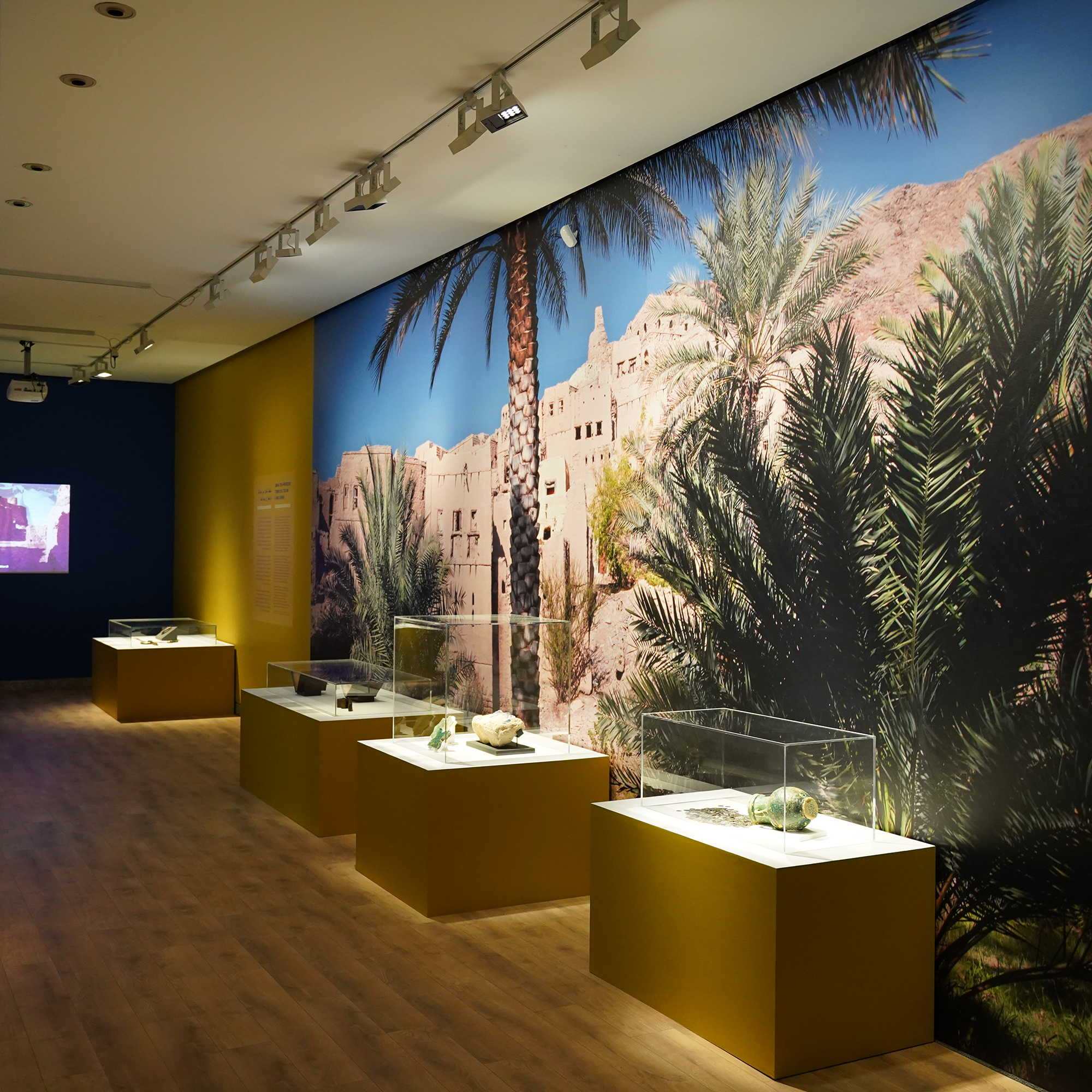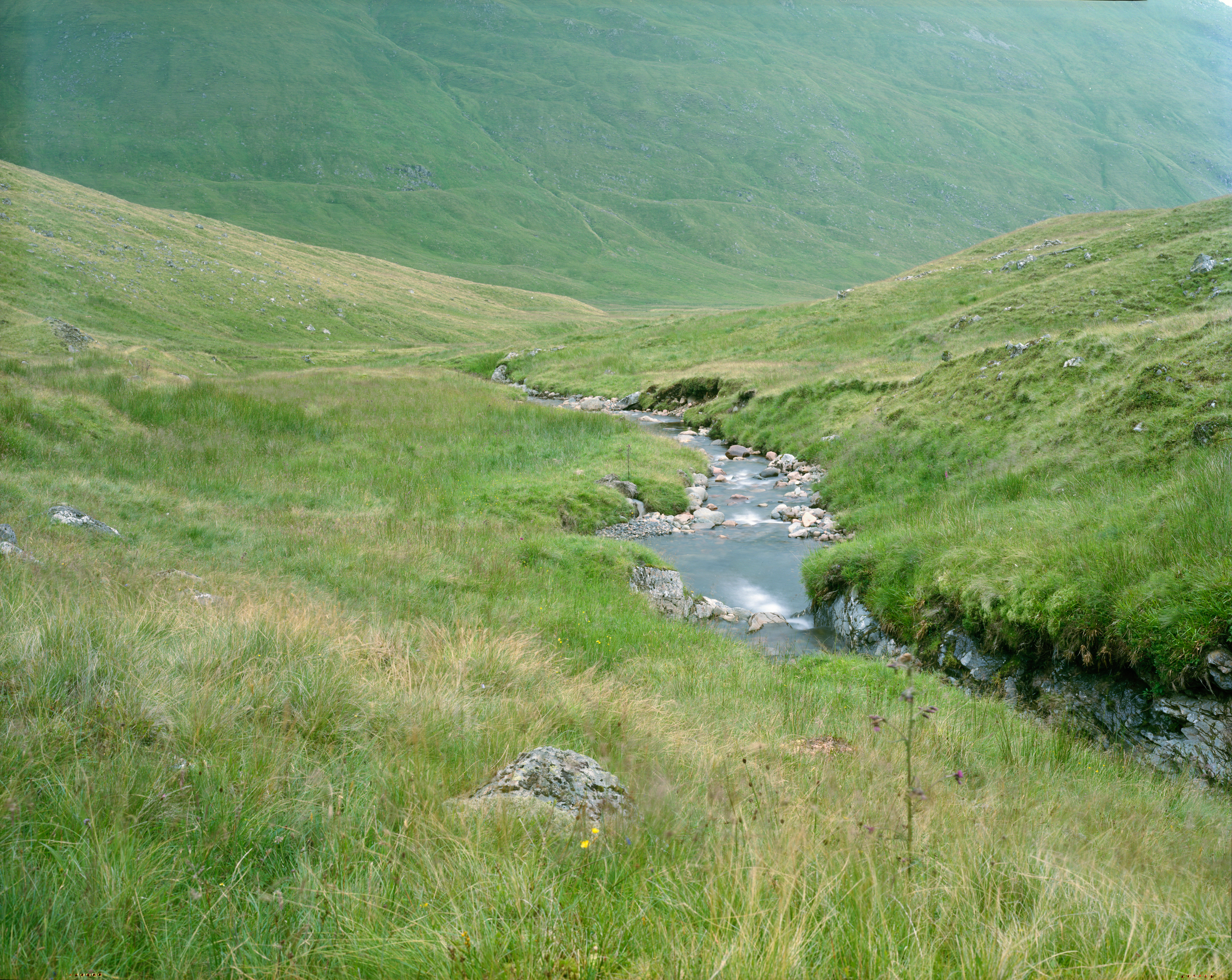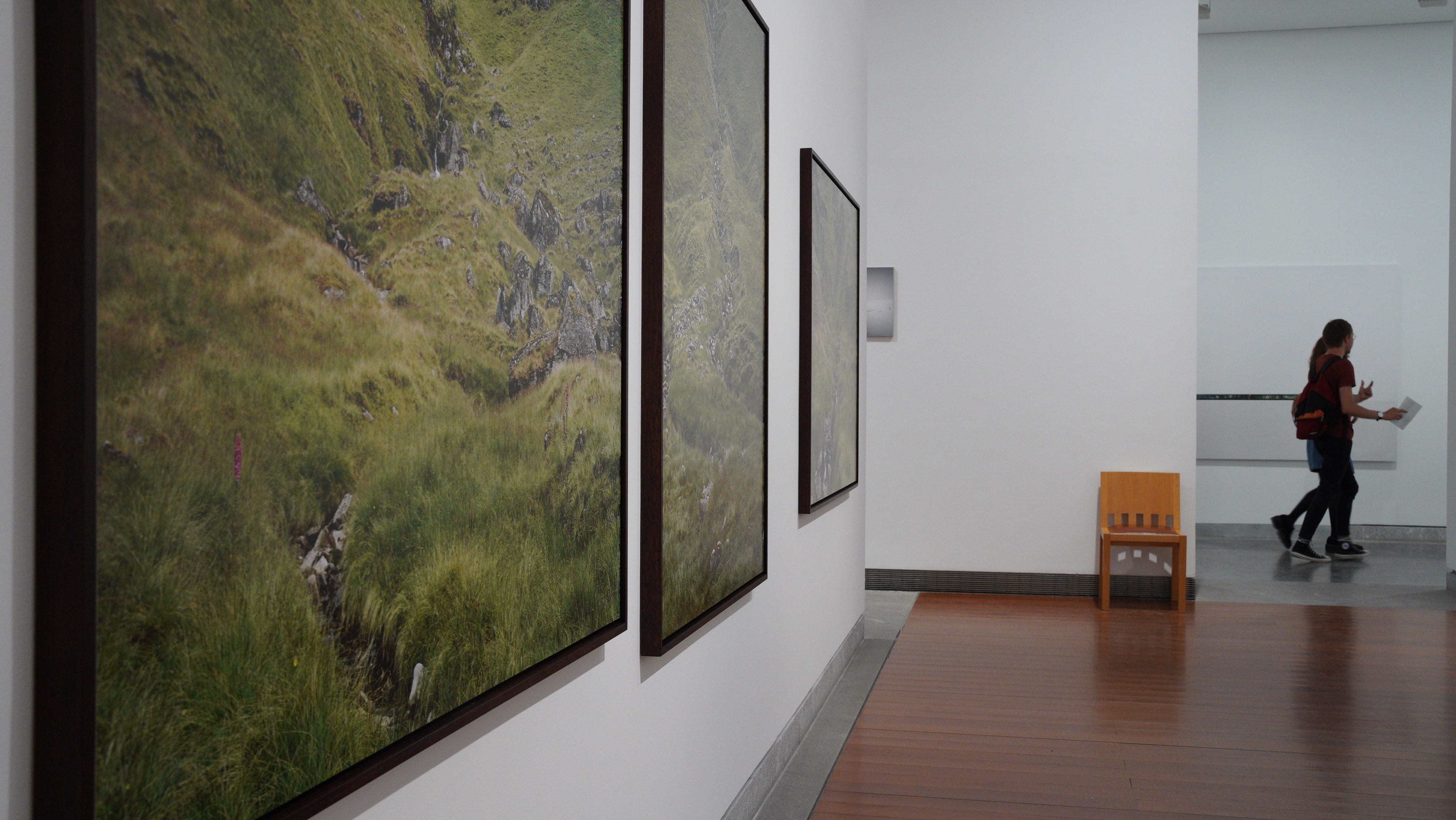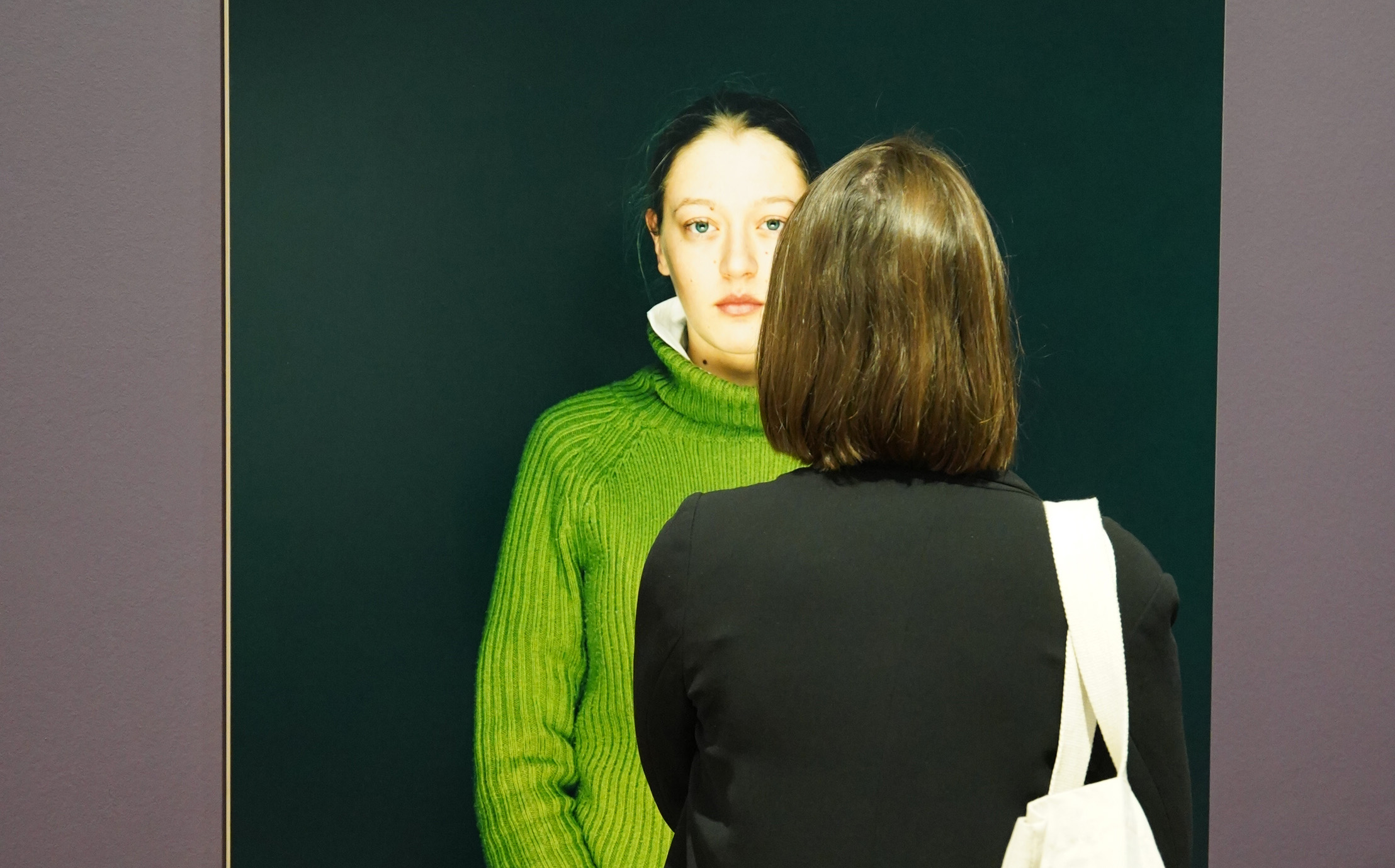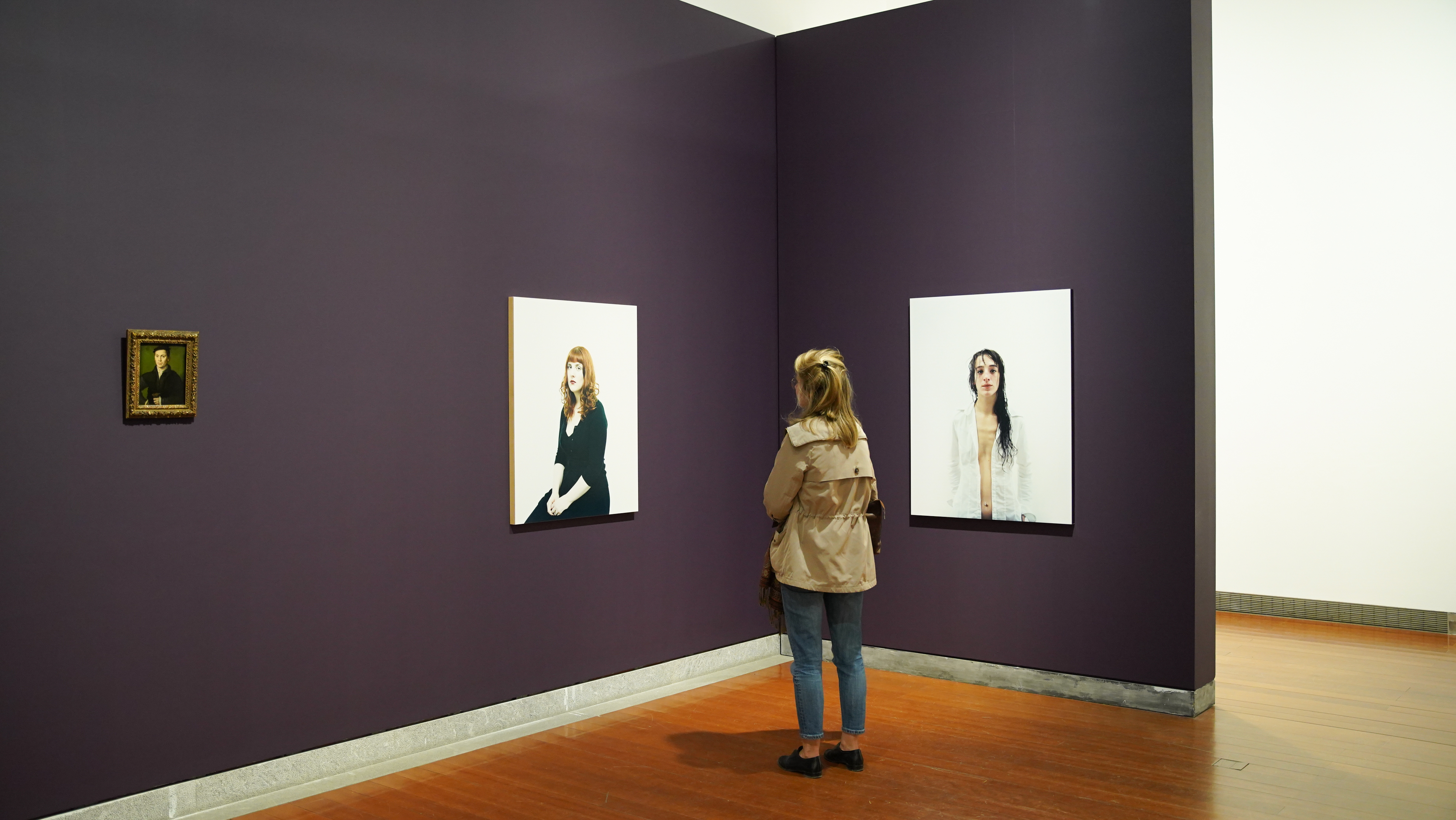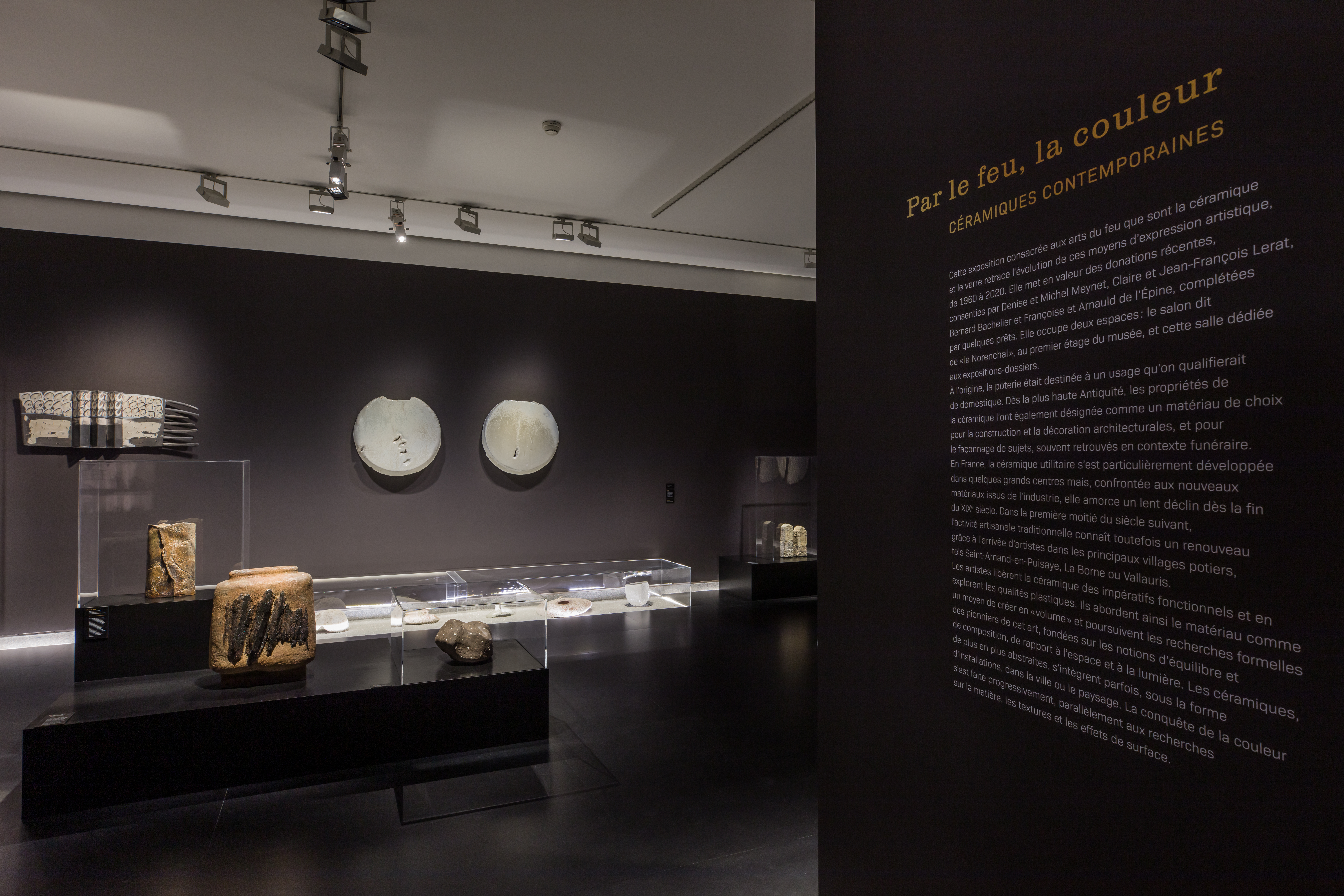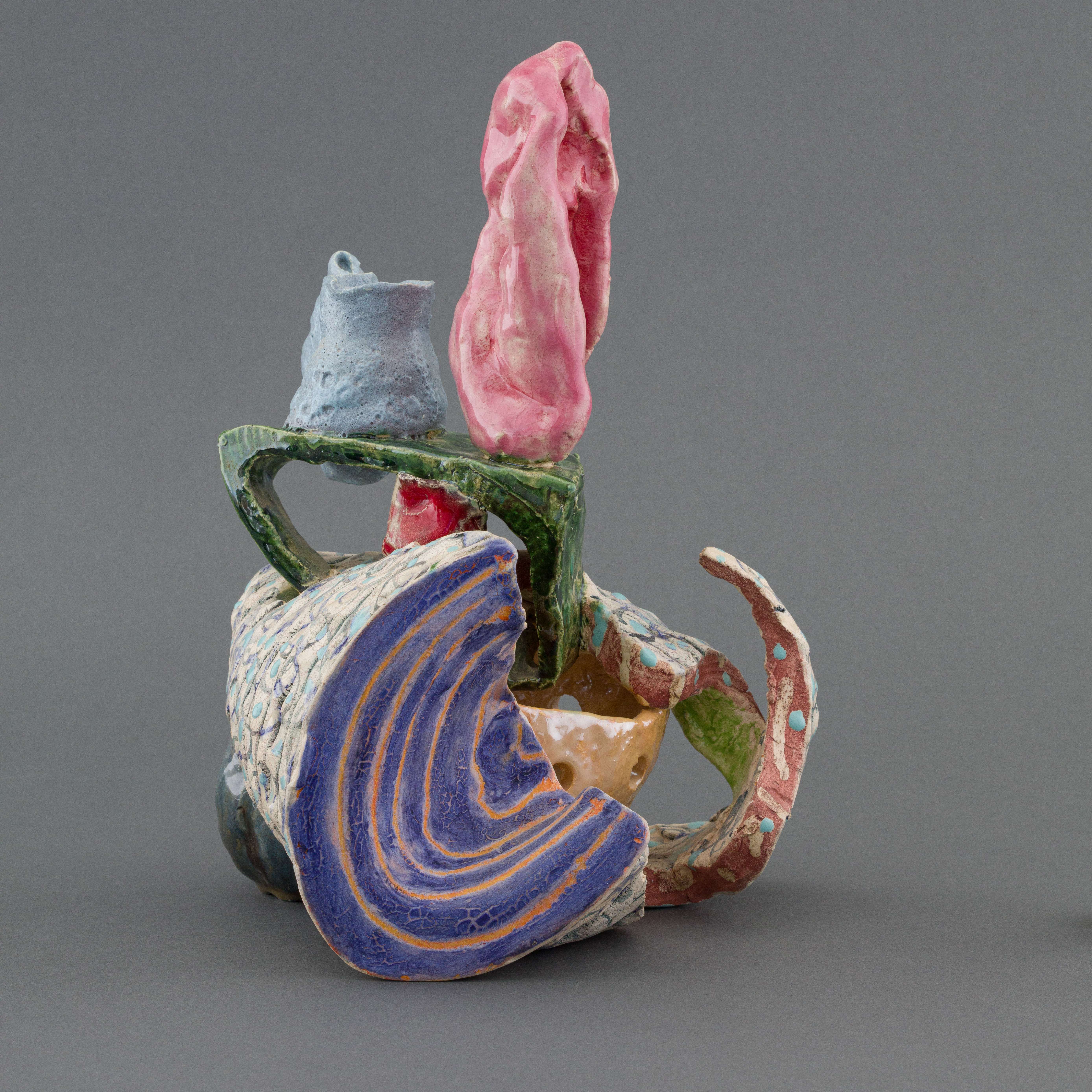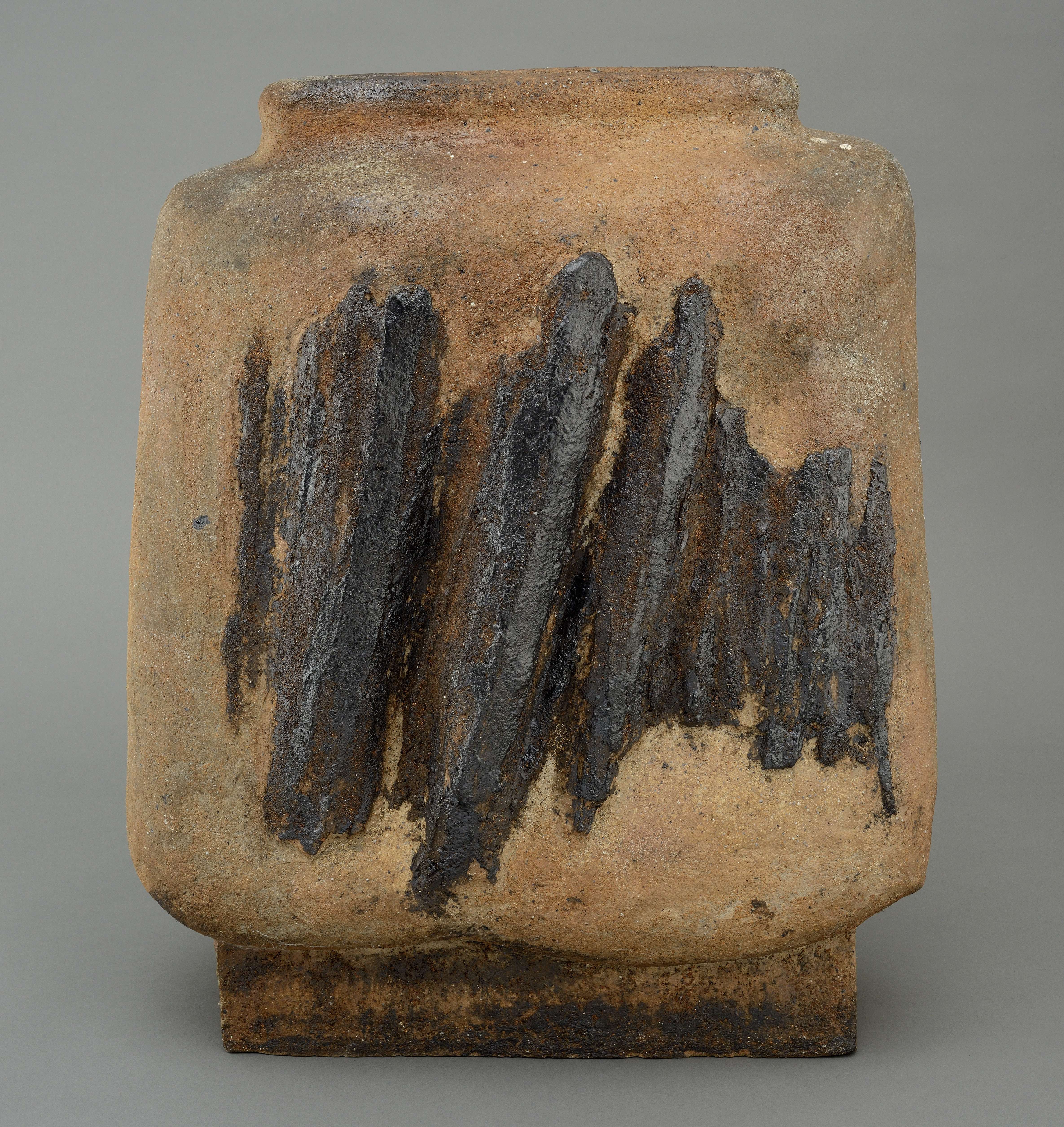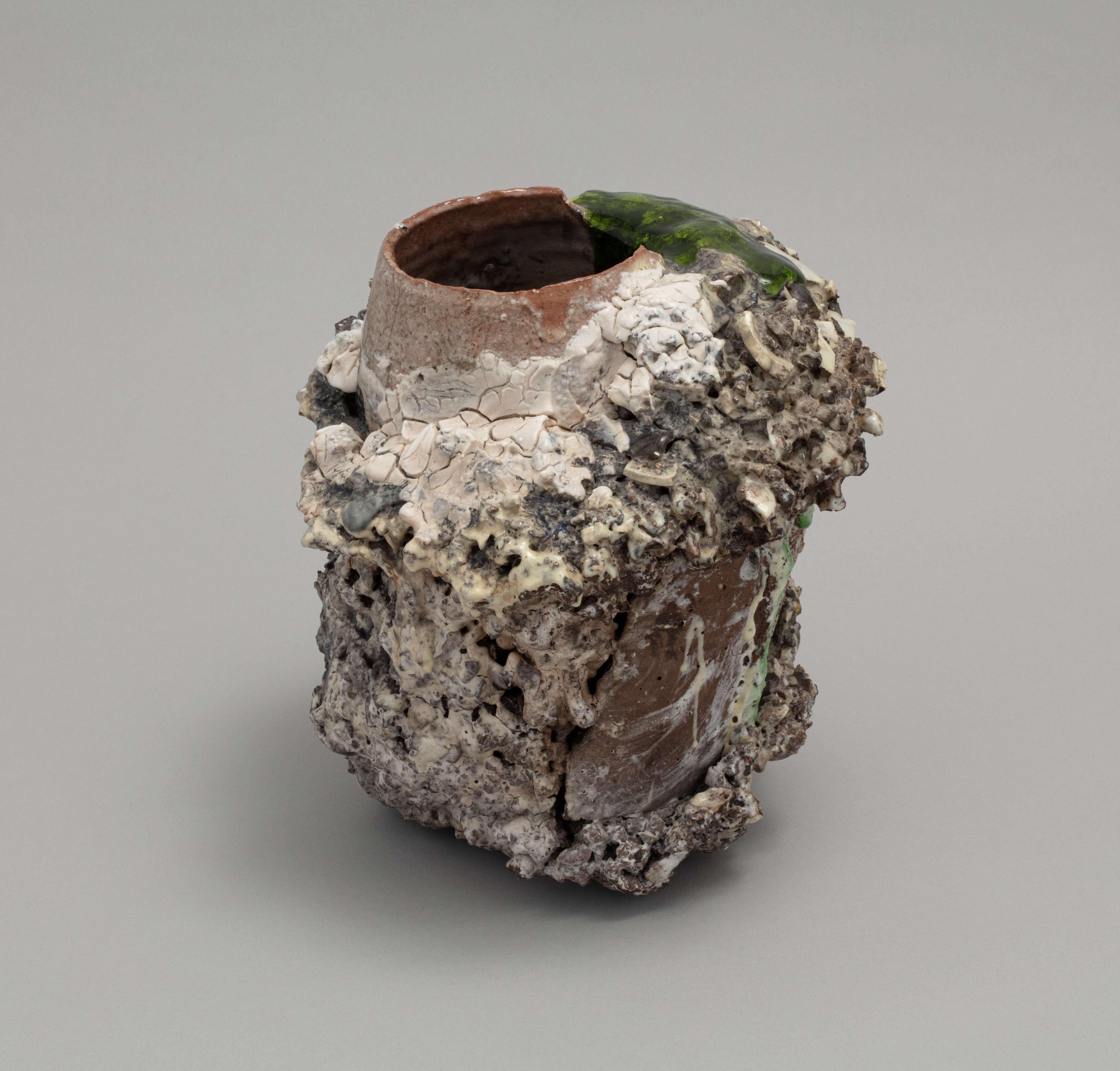This exhibition devoted to American artist Robert Guinan (1934-2016) is the first to be held in a French museum since an exhibition at the Museum of Grenoble in 1981 and another at the Academy of France in Rome in 2005. Exhibitions of his works at the Albert Loeb Gallery (Paris) between 1973 and 2008 made the artist known in France.
This important selection of nearly eighty paintings and drawings is completed by two series of lithographs, one treating the theme of slavery while the other was inspired by the war poems of English pacifist poet Wilfred Owen. Originally from Watertown, New York, Guinan moved to Chicago in 1959. After having worked in Abstract Expressionism and Pop Art styles during his training, he adopted Realism in the 1970s, essentially using underprivileged members of society as his models. Deeply attached to Henri de Toulouse-Lautrec and Edgar Degas, the artist is sometimes compared to Edward Hopper.
However, while Hopper depicts anonymous characters, Guinan paints portraits which reveal a sense of brotherhood with his models. In 1977, the museum acquired Portrait of Nelly Breda from the Lyon gallery Le Lutrin. This painting represents the mother of musician Emile Breda, Guinan’s friend and nightlife companion, who introduced him to most of his models. Notably through his bar scenes and portraits, Guinan delivers a traightforward reality of those living on the fringe of the American dream.
Exhibition curators
Sylvie Ramond, Director General of Pôle des musées d’art de Lyon MBA | macLYON. Chief Curator, Director Musée des Beaux-Arts de Lyon, and Albert and Sonia Loeb.
8€ - 4€ - free see conditions
The exhibition is open from wednesday to monday, from 10 am to 6 pm, and friday, from 10h30 am to 6 pm.
Closed Tuesday and national holidays.




